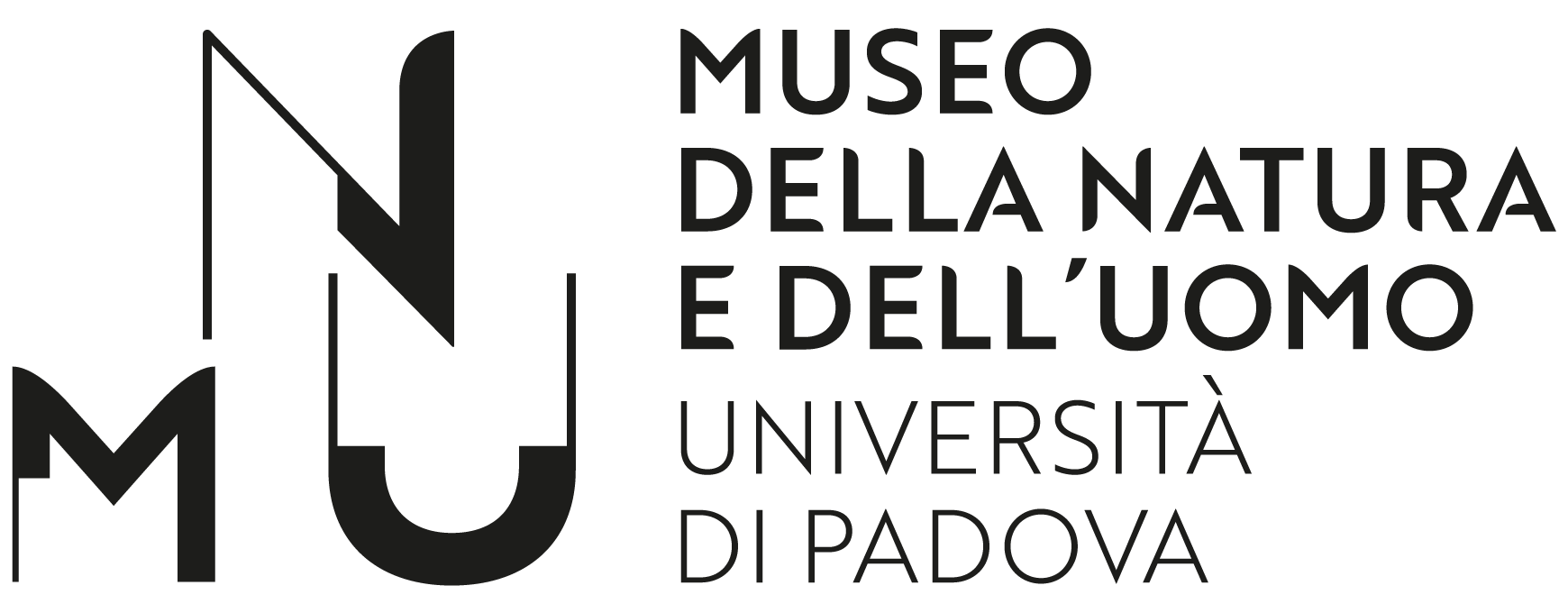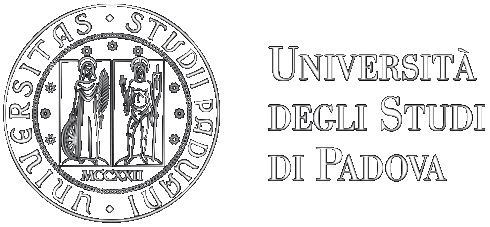The collection of meteorites kept by the museum has been much enhanced over time, with the addition of specimens having great scientific and exhibitory value. Worthy of mention among these are fragments of a carbonaceous chondrite that fell to Earth on 22 January 1910 in the town of Vigarano, near Ferrara. Among the items of scientific interest, acquired recently, are a fragment of the Tissint, a ‘Martian’ meteorite, a slice of Bechar 006, a Lunar meteorite, and a perfectly preserved specimen of Tirhert, a very rare Eucrite. In terms of exhibitory value, mention must be made of a large chondrite weighing almost 16 kilograms, covered by a perfectly preserved fusion crust, and a polished slice of Seymchan meteorite: this is a pallasite rich in translucent green olivine nodules, with a central metallic portion consisting of iron-nickel alloy.
Also displayed are the Sayh Al Uhaymir meteorite and a fragment of Dar Al Ghani, coming respectively from the planet Mars and from the Moon.
Of particular interest among the items of the collection are samples of iron meteorites, from the core of various planets and/or different types of asteroids.
These include some fragments of Gebel Kamil coming from Egypt, 5 pieces of Campo del Cielo meteorite from Argentina, a specimen of Gibeon meteorite from Namibia and 5 fragments of Nantan siderite from Guangxi, China.
There is also a slice of the Alfianello meteorite, which fell on the small town of that name, near Brescia, in 1883. The collection also includes a large specimen of ordinary chondrite, weighing 2.7 kg, from Morocco.
One item of notable value — both scientifically and historically — is a fragment of the Allende meteorite, one of the biggest carbonaceous chondrites ever to fall on our planet. Embedded in the Allende meteorite are inclusions of material rich in calcium and aluminium (CAI), of particular interest inasmuch as these rank among the oldest in our Solar System.


